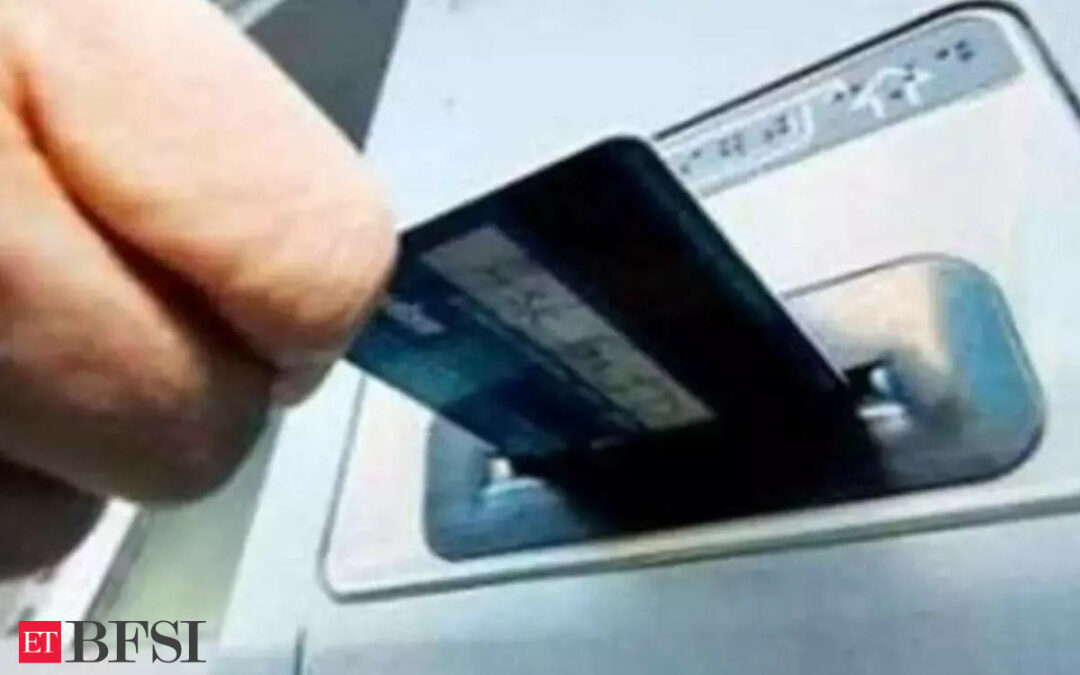Banks are raising alarms with the government and the Reserve Bank of India (RBI) over a critical shortage of automated teller machines (ATMs), which they say is hindering their expansion efforts.
Industry insiders attribute the primary cause of the ATM shortage to the ‘Make in India’ guidelines introduced in FY20, which mandated vendors to establish operations within the country, according to reports. This requirement has led to significant delays in increasing production capacity. As a result, banks are struggling to meet the demand for ATMs, essential for servicing customers and complying with regulatory directives.
Expansion plans
Banks are preparing for a significant refresh and expansion of their ATM networks over the next 12-18 months, with plans to replace approximately 40,000 ageing ATMs and add around 10,000 new machines, according to industry estimates.
In FY23, scheduled banks collectively added 4,452 ATMs, bringing the total network to 219,513 by March-end, as per RBI data. White label ATM operators also expanded their network by 4,292 ATMs, reaching a total of 35,791 by the same period.
The need for a substantial update in ATM infrastructure is driven by the ageing of many existing machines and new regulations surrounding ATM hardware and software. This has accelerated the replacement process as banks strive to comply with updated standards.
In the first half of FY24 alone, there were mandates for 15,000 new ATMs, highlighting the banks’ focus on both replacement and network expansion. Private sector banks are increasingly transitioning from traditional cash dispensers to cash recyclers, aiming to reduce branch walk-ins for deposits and overall operating costs. Public sector banks are also adopting cash recyclers alongside traditional ATMs.
GeM woes
The Indian ATM market is projected to grow at a compound annual growth rate of 9.2 percent from 2024 to 2032. Despite this optimistic outlook, state-run lenders are particularly affected by the mandatory procurement through the GeM portal. Not all ATM vendors are registered on this platform, leading to further complications in the procurement process.
Banks have proposed that they be allowed to issue independent requests for proposals (RFPs) for ATMs, provided all guidelines are followed. This suggestion comes as banks report significant impacts from the ATM shortage, especially as they transition to lockable cassette mechanisms in ATMs, as per RBI directives. The RBI’s 2023 mandate requires banks to upgrade their ATMs to allow for cassette swapping during cash replenishment, instead of direct filling at the machines.
The shortage is also affecting the implementation of cash recycling machines, which banks are installing to enhance efficiency and improve customer service. As banks continue a technological refresh of their ATM networks, the demand for new machines is expected to rise. Industry estimates suggest that banks are likely to undergo a substantial ATM refresh and addition cycle within the next 12-18 months. This cycle involves replacing about 40,000 ageing ATMs and expanding the network by approximately 10,000 new machines.
Cost math
An ATM costing about Rs 3.5 lakh and a cash recycler about Rs 6 lakh. If 25 percent of the 50,000 new ATMs deployed are cash recyclers, the total capital expenditure for banks could reach approximately ₹2,000 crore.
The banking sector continues to follow a traditional model of one branch and two ATMs (one on-site and one off-site). As private sector banks penetrate semi-urban and rural areas, the demand for ATMs will increase. These banks aim to use branches as selling points rather than servicing points, emphasizing self-service channels to reduce costs. The ATM channel remains indispensable due to the high volume of daily transactions, with the cost of servicing a customer at a branch being at least three times higher than at an ATM.










